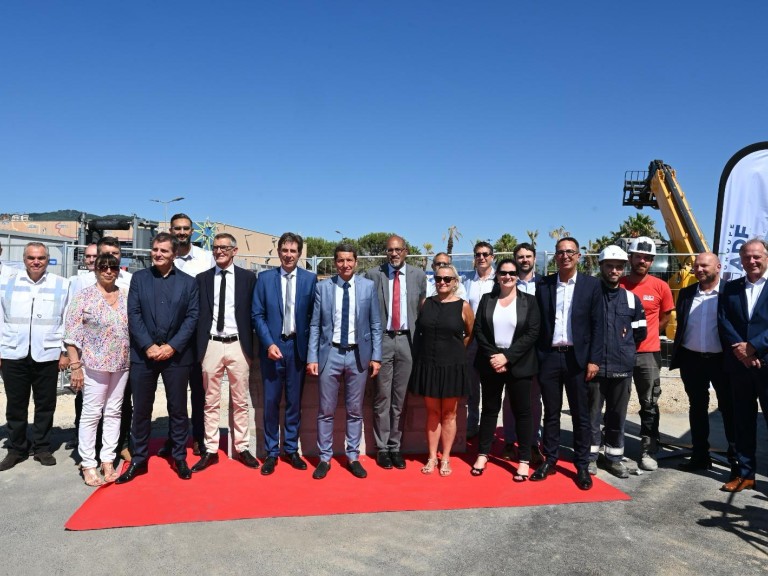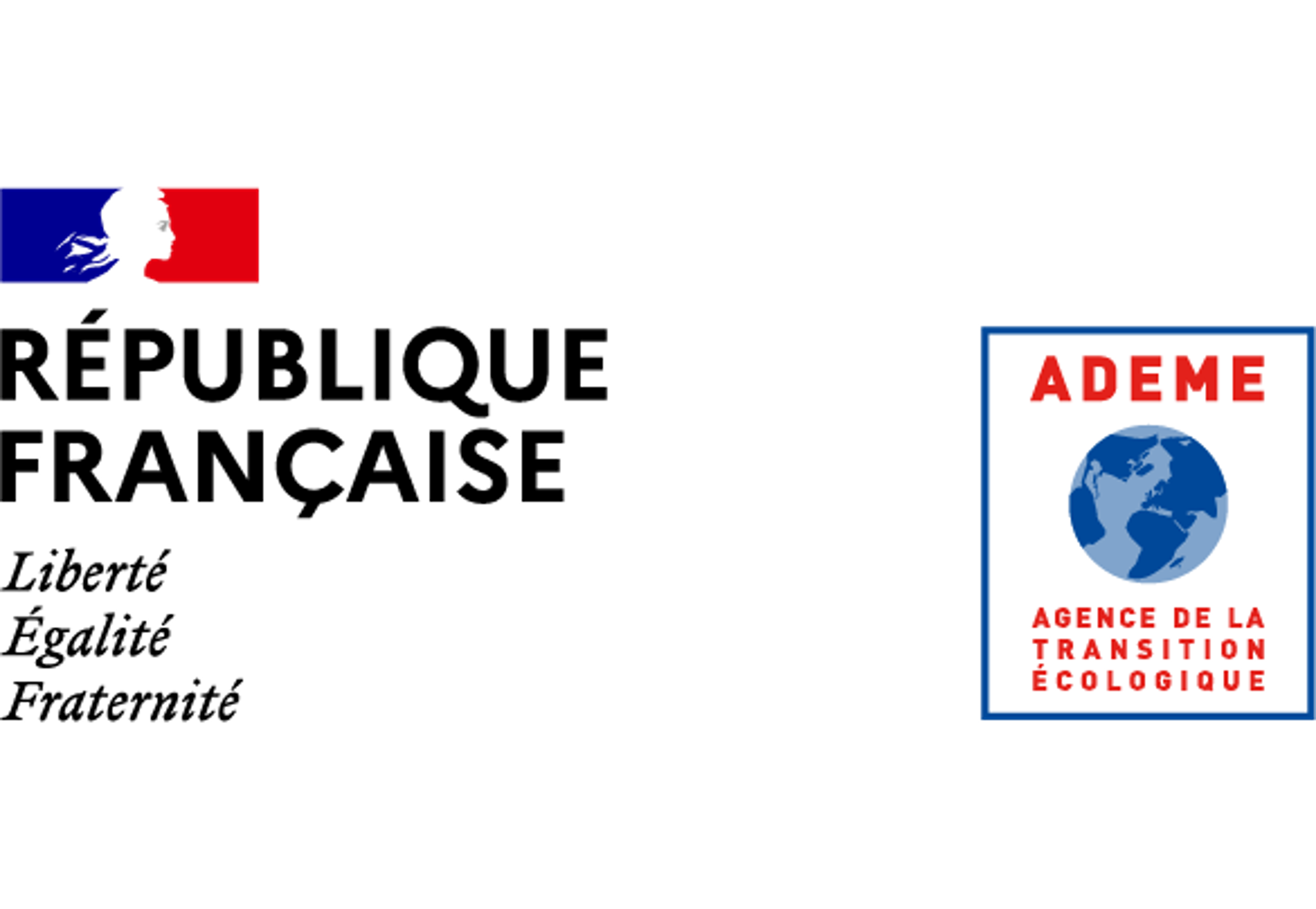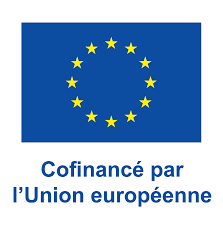On Thursday, 24 July 2025, the foundation stone for the ‘Cannes Lérins Hydrogène’ hydrogen station was laid by David Lisnard, Mayor of Cannes and President of the Cannes Lérins Urban Community, Christelle Rouillé, Managing Director of Hydynamics (the EDF Group's hydrogen subsidiary), Thierry Bazin, Deputy Regional Director of the Banque des Territoires, Françoise Bruneteaux, Regional Councillor for the South Region, Charles Ange Ginesy, President of the Alpes-Maritimes Department and SEM Green Energy, and in the presence of Patrick Amoussou-Adéblé, Secretary General of the Alpes-Maritimes Prefecture.
The work is scheduled for completion in December 2025. The equipment, which was pre-assembled at another site to save time, is now being installed.
The Cannes basin will then become the leading producer of hydrogen by water electrolysis in the Provence-Alpes-Côte d'Azur region, using treated wastewater from the Aquaviva wastewater treatment plant. The first 14 vehicles in the Palm Bus public transport network will run on locally produced hydrogen from 2026!
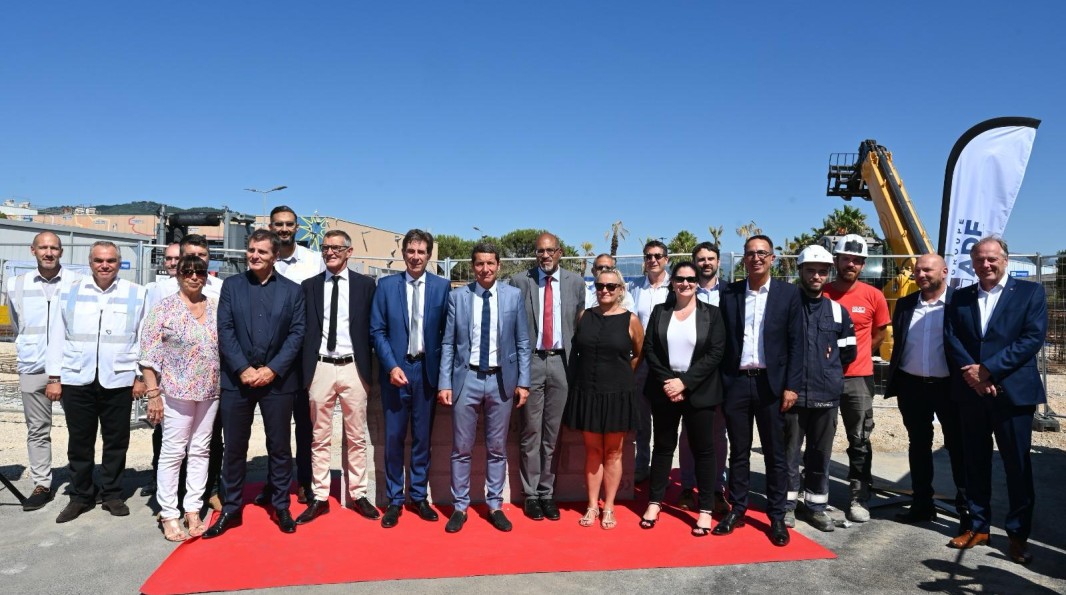
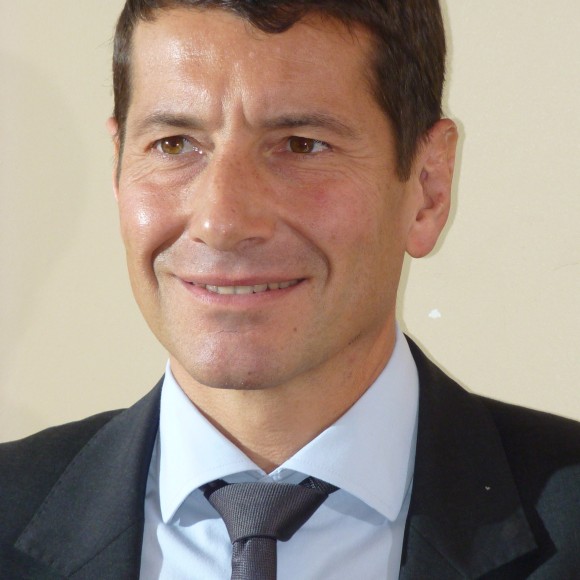

"In Cannes, the completion of the region's first green hydrogen station demonstrates that a concrete, science-based energy transition is possible. This virtuous approach embodies an ecology of action rather than rhetoric. To produce this carbon-free hydrogen locally, we will also reuse our treated wastewater. It is through these innovative, sustainable and sovereign achievements that we will meet the climate, economic and energy challenges of the 21st century."



"The Cannes Lérins Hydrogen project is a new challenge for Hynamics: it is the first station we are building in an urban area, close to where it will be used. Building on our experience in Auxerre and Belfort, we will be able to support the implementation of this ambitious project, which will serve the Cannes area and help decarbonise the mobility of its inhabitants. Hynamics, and through it the EDF Group, is a trusted partner for local authorities in their innovation projects aimed at reducing their carbon footprint."

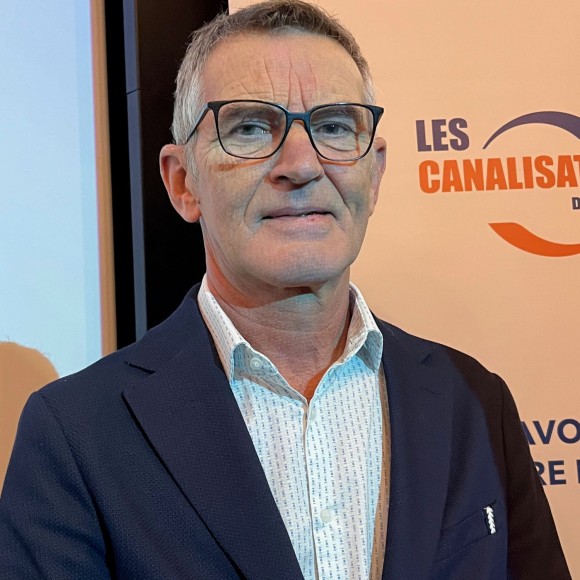

"We are proud to be working alongside our partners on this ambitious carbon-free public transport project led by the Cannes Lérins urban community. Ecological and energy transformation is one of the Banque des Territoires' strategic priorities, and this project is fully in line with our strategy to promote environmentally friendly mobility and, therefore, more sustainable regions."

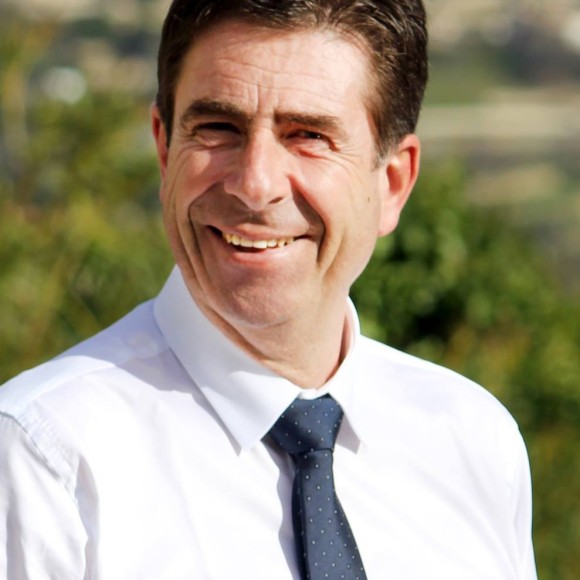

"This iconic project embodies the DNA of the departmental GREEN Deal: transforming our ecological challenges into levers for local sovereignty. Through our SEM Green Energy 06, we are accelerating a concrete transition: here in Cannes, to produce clean hydrogen from recycled water, and throughout the West, through structural projects (biomass, thalassothermie, biogas, etc.). This station is much more than a technical innovation: it is the symbol of a regional ecology, where every resource – water, sun, know-how – is transformed into energy for the future of our citizens."

Cannes: a city focused on low-carbon energy for the future
The creation of the low-carbon hydrogen station is part of the complete decarbonisation of the Palm Bus transport network initiated by David Lisnard, complementing the use of electricity and French biofuel. The Cannes Lérins urban area is thus a national benchmark in the development of renewable energies. Through its proactive policy, it has gained the trust of partners Hynamics (an EDF subsidiary and project owner), Banque des Territoires (Caisse des dépôts et consignations) and SEM Green Energy, which are involved in the creation of the clean hydrogen production station.
Ultimately, 41 buses will be powered by this energy source of the future, with the first 14 vehicles hitting the roads in 2026. The station will produce up to 800 kg of low-carbon hydrogen per day and will save around 3,228 tonnes of CO2 emissions each year.
The Cannes basin will therefore produce low-carbon, renewable hydrogen locally. It is obtained by electrolysis of water using wastewater treated by the Aquaviva treatment plant – not drinking water. In addition, the electricity consumed by the plant comes from the French low-carbon grid and is 100% covered by guarantees of renewable origin.
This project represents a total investment of €50 million, including the construction of the facility by Hynamics and the purchase of buses. The station (€16 million) is being built by the project company Cannes Lérins Hydrogène, whose co-investors are: Hynamics (51%), the Cannes Lérins Urban Community (25%), Banque des Territoires (20%) and Green Energy 06 (4%), a semi-public company owned by the Alpes-Maritimes department.
The programme is also supported by ADEME as the winner of the ‘Ecosystèmes Territoriaux H2’ call for projects, with €5.026 million in funding, by the European Union via the ‘Connecting Europe Facility’ funding programme, with €2.563 million in funding, and by the Sud PACA Region, with €750,000 in funding. The total cost of purchasing all the buses is €35 million, of which €3.45 million is financed by ADEME.
This project is being carried out under the delegated project management of Hynamics, a subsidiary of the EDF Group, and by the ADF-RESATO consortium, the project manager.
About Hynamics
Hynamics is a subsidiary of the EDF Group that offers turnkey solutions to the industrial and mobility sectors for the production, storage and distribution of low-carbon, renewable hydrogen. It handles investments as well as the operation and maintenance of production and distribution facilities. Hynamics targets the markets with the highest CO₂ emissions – industry and transport – and is involved in the manufacture of sustainable aviation fuels (SAF). Low-carbon, renewable hydrogen is produced by water electrolysis, a technology that does not emit CO₂ when the electricity used comes from carbon-free sources. In France, Hynamics has two stations in operation dedicated to mobility (AuxHyGen in Auxerre and BelHynov in Belfort), one station in the commissioning phase (Shymed in Dunkirk) and two facilities under construction (Châtenay-Malabry and Cannes).
For more information, visit www.hynamics.com and the Hynamics LinkedIn page.
About Banque des Territoires
Banque des Territoires is one of the business lines of Caisse des Dépôts. It brings together internal expertise for the benefit of local communities. As a single point of contact for its customers, it works alongside all local stakeholders: local authorities, local public companies, social housing organisations, legal professionals, businesses and financial players. It supports them in carrying out their projects of general interest by offering a range of solutions: advice, loans, equity investments, deposits and banking services. By serving all regions, from rural areas to metropolitan areas, Banque des Territoires aims to maximise its impact, particularly in the areas of ecological transformation and social and territorial cohesion. The Banque des Territoires' 37 local offices ensure that its activities are rolled out across all metropolitan and overseas territories.
Working together to develop greener and more inclusive territories
For more information, visit www.banquedesterritoires.fr, and the Banque des Territoires' LinkedIn, Instagram and YouTube pages.
Agency for Climate, Infrastructure and the Environment (CINEA)
Since 2021, the European Union has provided financial support of some €3 billion to the hydrogen sector through various programmes for research and innovation, industry, and the production and distribution of hydrogen as an alternative fuel in Europe. This commitment is taking shape in Cannes today with the European Union's support for the construction of a low-carbon, renewable hydrogen refuelling and production station. In a few months' time, a clean and sustainable transport solution will be made available to citizens and businesses, helping to improve air quality in urban areas and achieve the goal of a carbon-neutral European economy by 2050.
ADEME
At ADEME (the French Agency for Ecological Transition), we are firmly committed to combating global warming and resource depletion. We are mobilising citizens, economic actors and local authorities on all fronts, providing them with the means to move towards a resource-efficient, low-carbon, fairer and more harmonious society. In all areas – energy, the circular economy, food, mobility, air quality, adaptation to climate change, soil, etc. – we advise, facilitate and help finance numerous projects, from research to the sharing of solutions. At all levels, we put our expertise and foresight at the service of public policy. ADEME is a public industrial and commercial establishment (EPIC) under the supervision of the Ministry of the Environment, the Ministry of Energy and the Ministry of Research. www.ademe.fr
